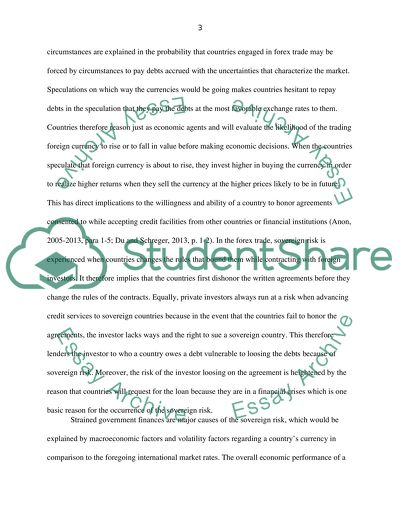Cite this document
(“Consider any three countries currently in the news and construct an Essay”, n.d.)
Consider any three countries currently in the news and construct an Essay. Retrieved from https://studentshare.org/finance-accounting/1482377-consider-any-three-countries-currently-in-the-news
Consider any three countries currently in the news and construct an Essay. Retrieved from https://studentshare.org/finance-accounting/1482377-consider-any-three-countries-currently-in-the-news
(Consider Any Three Countries Currently in the News and Construct an Essay)
Consider Any Three Countries Currently in the News and Construct an Essay. https://studentshare.org/finance-accounting/1482377-consider-any-three-countries-currently-in-the-news.
Consider Any Three Countries Currently in the News and Construct an Essay. https://studentshare.org/finance-accounting/1482377-consider-any-three-countries-currently-in-the-news.
“Consider Any Three Countries Currently in the News and Construct an Essay”, n.d. https://studentshare.org/finance-accounting/1482377-consider-any-three-countries-currently-in-the-news.


